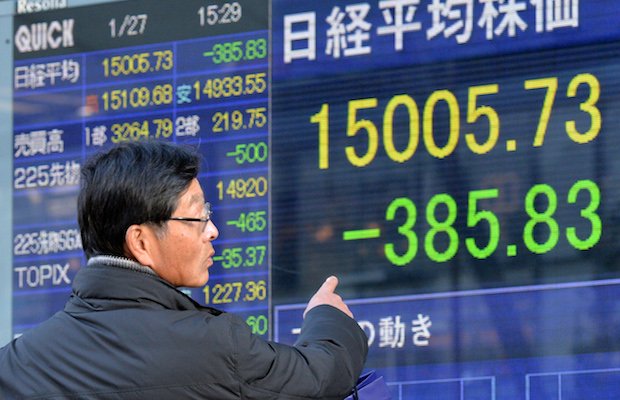RCEP or CPTPP: Will Asia finally agree a trade deal?

It is occasionally worth revisiting where Asia is with its expansive and highly complex trade negotiations, given that one can often get lost in the acronyms and fanfare of the latest set of talks.
The first major attempt, an agreement with 11 signatories called the Comprehensive and Progressive Agreement for Trans-Pacific Partnership (CPTPP) or TPP11 — a controversial but somewhat unique trade deal that spans the Pacific Rim — has only recently been resurrected after the US withdrew in 2016.
Indeed, if proponents of a more international position on free trade within the UK government are to be believed, the UK could indeed make an application to join this bloc — and has received support from Japan for doing so.
The original Obama-led initiative involved 12 countries who constituted about 40 per cent of global GDP. The CPTPP offered the elimination of up to 18,000 tariffs, favoured big companies in areas such as environmental regulations, intellectual property and labour standards, and gave favourable terms for corporations in investor-state disputes. The attraction for the US was that its agricultural and services sectors were expected to win big.
Now, after more than 6 years of negotiations, a whopping 15 countries are looking to sign a different deal by 2020, called the Regional Comprehensive Economic Partnership (RCEP), making it the world’s largest and most comprehensive trade deal.
Together, the 15 countries make up one third of the globe’s GDP and population — a bloc bigger than the European Union and the Canada-USA-Mexico agreement.
A sixteenth country, India, was due to join but pulled out at the last minute, citing concerns about the vulnerability of sectors in India to outside competition.
But what are the arguments for the implementation of RCEP? The agreement includes heavyweight economies such as China, Japan and South Korea, and is geared towards linking 2.1billion people and covers about 40 per cent of global commerce. It also aims to break down trade barriers and promote investment to help emerging economies catch up with the rest of the world — indeed, signatories such as Indonesia, the Philippines and Vietnam see the partnership as essential for future economic development.
The agreement’s backers say that it progressively lowers tariffs across many areas, while letting companies export the same products anywhere within the bloc — without having to meet separate requirements or comply with back-breaking red tape for each country.
The deal also sets up final markets for good’s producers, and gives an incentive for companies to build supply chains within the region if they currently export outside it. Crucially, RCEP will protect some services and intellectual property, which is good news for cautious markets such as Japan and South Korea.
While the agreement unquestionably is welcome progress for the region, despite the time it will take for full implementation, critics say it is less important than the original CPTPP, as it doesn’t include India and thus lacks one of the region’s major players.
Indeed, without the US as a member of the CPTPP in its current form, UK ambitions to join the bloc could be scuppered given the closeness of the British and American partnership, and particularly with attention turned to electioneering stateside this year.
For now though, all eyes are on whether the RCEP will be sealed in Vietnam next year — even without India — further boosting the idea of multilateral deals, while satisfying the long-term objectives of many Asian economies who wish to see the creation of a powerful and dynamic trade bloc in the region.
Robert-John Tasker is associate director of operations for APAC at Within International.
Main image credit: Getty